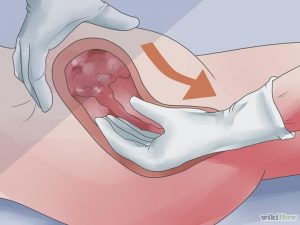Materno-fetal clinical epidemiological and indicators of uterine atony in puerarpas post primary cesárea in a private clinic of august 2017 - august 2018
Indicadores clínico epidemiológicos y materno-fetales de atonía uterina en puérperas post cesárea primaria en una clínica privada de agosto 2017 – agosto 2018
Keywords:
Uterine Inertia, Uterine Hemorrhage, Polyhydramnios, Fetal MacrosomiaAbstract
Objective: To determine the association between maternal - fetal clinical - epidemiological indicators and the presence of uterine atony in post - caesarean primary puerperae at the Good Hope clinic during the period of August 2017 - August 2018. Methods: An observational, analytical, retrospective and quantitative study, type of cases and controls was carried out. The dependent variable was uterine atony, and the independent variables were maternal age, multiple gestation, polyhydramnios, pregnancy, parity, maternal anemia, concomitant diseases, fetal weight, fetal presentation and indication of cesarean section. The population consisted of 106 cases and 212 controls (ratio 2: 1). For the inferential statistics, the bivariate analysis was used to find the Odds Ratio, 95% confidence intervals. The values p <0.05 were considered statistically significant. Results: Of the 318 patients in the study, the mean age was 30.87 ± 0.298 years. Associated variables to uterine atony in the bivariate analysis were age over 30 years, multiple gestation, polyhydramnios, low birth weight and macrosomia. In multivariate analysis were polyhydramnios (ORa: 5,973, 95% CI: 2,443-14,603) and macrosomia (ORa: 6.280, 95% CI: 2.307-17.095). Conclusion: It is concluded that, association of uterine atony with polyhydramnios indicators and fetal macrosomia was found.Downloads

Downloads
Published
How to Cite
Issue
Section
License
Copyright (c) 2019 Revista de la Facultad de Medicina Humana

This work is licensed under a Creative Commons Attribution 4.0 International License.



































